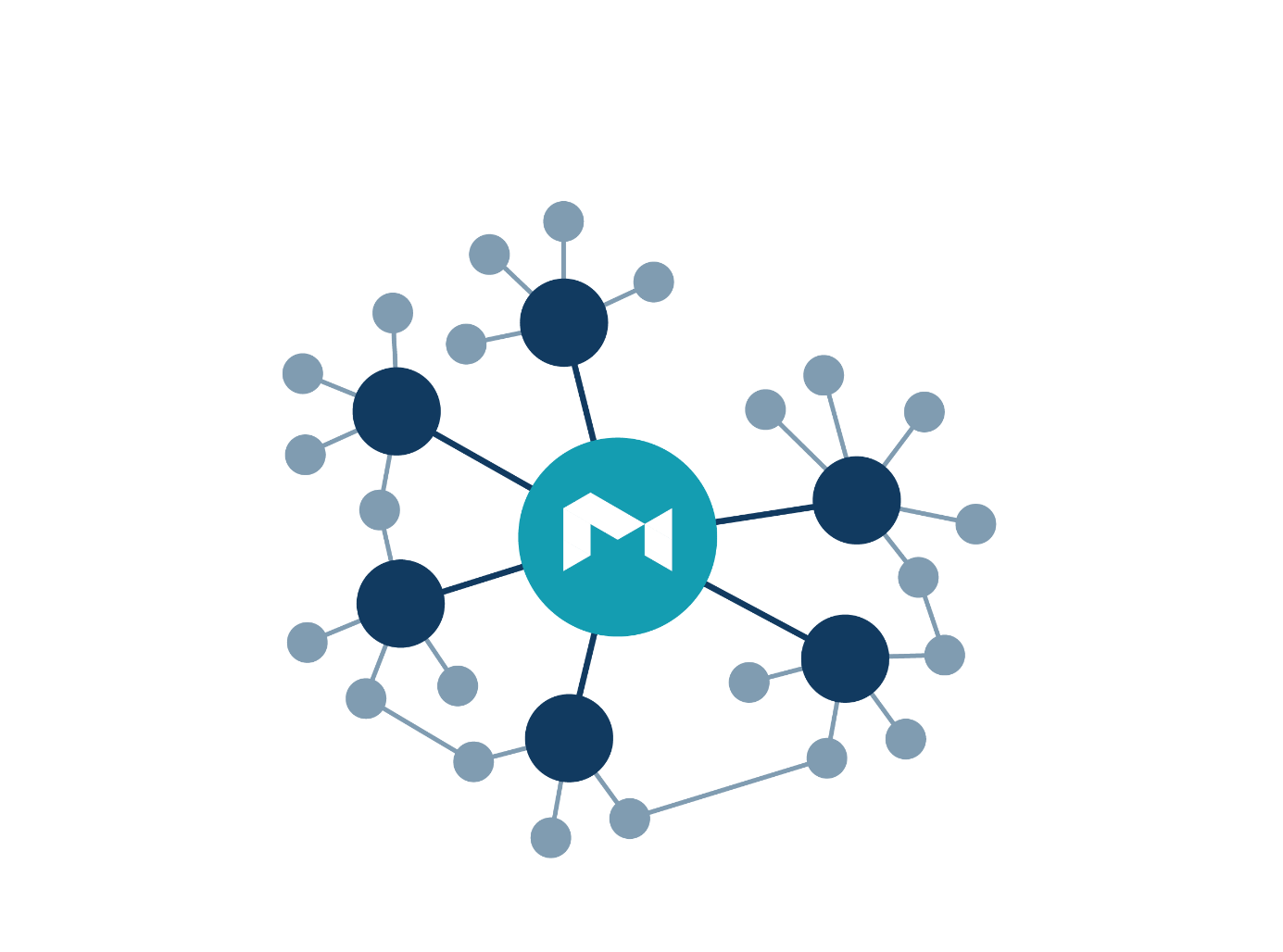*Online Marketing
The impact of internal links on SEO

The impact of internal links on SEO
When we talk about SEO and links, we often think of link building and backlinks. However, what is the influence of internal links on your SEO, and how should you approach your internal link structure? In this article, we outline three reasons to work on your internal link structure and explain the strategy we recommend for internal links, the Hub-and-Spoke strategy.
We’ve previously explained that backlinks give authority to your website, which is essential for building Domain Authority and increasing visibility in search results. But don’t underestimate the effect of internal links!
Definition of internal link
An internal link is a link from one specific page on your website to another page on your website.
No, an internal link doesn’t have the same value for Domain Authority as a backlink from another website. Nevertheless, a clear and logical internal link structure is essential for SEO success.
Internal links make it easier for search engine crawlers to navigate your website.
Internal links also contribute to authority.
Internal links make it easier for users to navigate.
So, it’s time to get to work! We’ll briefly explain these points, and then we’ll tell you the internal structure we recommend.
Improved Crawling Thanks to Internal Links
You want to make it as easy as possible for search engine crawlers to crawl and index as many of your pages as possible. But have you also considered how the crawler reaches your pages? Internal links help crawlers find their way around your website, ensuring that pages are indexed.
Even if you create excellent content, without a good link structure, the chances of being indexed are low. An additional advantage is that you show Google how your pages are interconnected. For example, if you sell online barbecues, various types of charcoal, and barbecue accessories, internal links show Google that these products are related and that you are an authority on this subject with knowledge of everything related to barbecues.
Authority of internal links
An external link has much more influence on your Domain Authority than an internal link. However, when you structure your internal link properly, you can also assign authority to specific pages using internal links.
Think of internal links as a way to pass authority. For example, if you have a page with high Page Authority (the authority of an individual page on your website) thanks to some good backlinks, you can use an internal link to show how this page is connected to other pages on your website and transfer a portion of the Page Authority to them.
Easier navigation with internal links
Not only do search engine crawlers discover more pages on your website through internal links, but human visitors also find it easier to access other pages through internal links. This not only improves the user experience but also makes it easier to discover new content and keeps visitors engaged on your website. The latter contributes to a lower bounce rate, which also has a significant impact on visibility.
Internal links: what to consider?
Just like with backlinks, several factors come into play when using internal links, including:
1. Page Authority
2. Anchor text
3. Relevant connection between linking pages
Page Authority is by far the most critical factor for passing authority to another page. The higher the Page Authority, the more authority the page can share. Unfortunately, we don’t know exactly how much authority a page passes. The widely accepted belief is that Page Authority is distributed evenly among the number of internally linked pages from that page. A page with Page Authority 22 and 4 links will pass more authority to other pages than if you were to place, for example, 6 links on the page.
Like with backlinks, an optimized anchor text contributes to keyword relevance and, of course, the user experience. MOZ’s research shows that the anchor text of the first link to a page is the most influential. So, think carefully about the anchor text you use for each link.
Regarding the relevant connection between linking pages, as with external link building, it comes down to Google’s desire for authentic results. A link from your page about inflatable pools to a page about lawnmowers doesn’t seem like a very logical and valuable link. Apart from being irrelevant to your visitors, Google will also value this less because there is no (logical) connection between the information on both pages. This, therefore, reduces the individual authority of the page.
Link Structure and SEO: Hub-and-Spoke Strategy
Do you immediately think of a bicycle wheel when you hear “hub and spoke”? Great! That’s precisely the image that helps you understand this strategy. The hub is the center of the wheel, and on your website, this is a page about one of your core topics. It’s a very comprehensive article but doesn’t go into great detail on various topics. The spokes of a bicycle wheel radiate outward from the hub and support the rim. The rim symbolizes the overall authority of your website.
The hub-and-spoke strategy involves linking from the hub (a comprehensive article about a core topic) to the more in-depth articles, the spokes, and then placing an internal link from the spokes back to the hub. Google recognizes that you are linking from various articles to one page, the hub, and sees it as the main article. The result is a high Page Authority for your hub and a better position in Google.
The spokes are focused on more specific, sometimes long-tail, search queries. It’s also more likely that you’ll get a backlink to such a specific article (spoke) than to the general main article (hub). The authority collected by the spokes is partially passed on to the hub. However, since all spokes exclusively assign authority to the hub, the Page Authority of the hub increases.
On the hub, you primarily place internal links. This way, you distribute your authority as clearly as possible. An additional benefit is that the Hub-and-Spoke strategy also simplifies your website structure and exposes gaps in your content offering.
